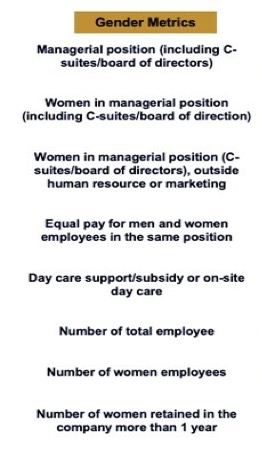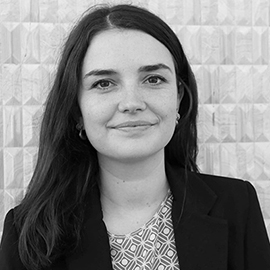By Indigo Phibbs, MEL Specialist
For BIDUK, monitoring, evaluation and learning (MEL) is about more than counting and tracking numbers. Our MEL system is a key structure helping us to glean new insights and continually adapt. As a prototype, the focus is always on learning.
BIDUK uses a multi-pronged approach to MEL. We have our own Theory of Change, program objectives and metrics. We have specific gender metrics to monitor changes with each of our clients; we supplement data with client interviews to collaboratively pause and reflect and gather qualitative findings; and we run a strong internal learning program to ensure our team can keep working towards the continuous improvement of our model.
We’re coming at MEL from every angle and learning a lot on the way!
BIDUK is working towards three program outcomes, with the overall goal of increasing availability of private sector capital for enterprises in the Asia Pacific region, especially women-owned enterprises. The outcomes include:
Outcome 1: BIDUK offers tailored financing solutions that meet the needs of small and growing business owners, especially women.
Outcome 2: BIDUK has an increasing portfolio of investees, particularly women, an increasing fund size, and an increasing number of investors.
Outcome 3: BIDUK has demonstrated proof of concept for an effective approach to small and growing business financing and is influencing the market towards this model.
BIDUK has created a set of specific metrics to monitor and evaluate the performance of our activities, and whether our activities are ultimately contributing towards our project outcomes.
The metrics are grouped in four thematic areas. The first three thematic areas are linked to the program outcomes:
- Tailored Financial Products – serves the purpose of tracking BIDUK’s ability to offer tailored solutions that fill a market gap for SGBs, especially those led or owned by women; (ToC – Outcome 1)
- Portfolio Metrics – designed to track clients’ ability to repay the loans, along with BIDUK’s ability to reach a growing portfolio of clients in Indonesia, including returning customers; (ToC – Outcome 2);
- Proof of Concept – applied to identify successes disaggregated by gender and share learning within our target networks and audiences. (ToC – Outcome 3)

The final thematic area is gender portfolio metrics. For all businesses that undergo our due diligence process, BIDUK captures these metrics (see right). This helps the BIDUK team understand the gender equity measures within the businesses we serve, and the potential of BIDUK to improve these measures. However, BIDUK takes an informal and nuanced approach to gender improvements. Given the relatively short tenor of the loans, it’s unrealistic and unfair to expect our clients to transform their gender practices and policies during the loan cycle. Instead, BIDUK strives to initiate a process of reflection on the importance and benefits of greater diversity to businesses during the due diligence process. It is crucial that the business relationship is prioritized in order for partners to perceive the collaboration with BIDUK in commercial terms first and foremost. Once this trust is established, BIDUK is in a position to ask more sensitive questions about gender and impact.
SEE ALSO: Exit Interviews, Learning from a Client Feedback Loop also by Indigo Phibbs

Indigo Elliott Phibbs, BIDUK’s Sydney-based MEL Specialist, brings experience in communications, partnerships and learning in development finance. She previously worked for Good Return in Cambodia, convening an international network of impact investment firms and supporting gender capacity-building activities with MFIs. Prior to that, Indigo worked as a research assistant at the Sydney Southeast Asia Centre at the University of Sydney and undertook pro bono work for Grameen Australia while studying. She holds a Masters of International Development Practice from Monash University in Melbourne, Australia.

